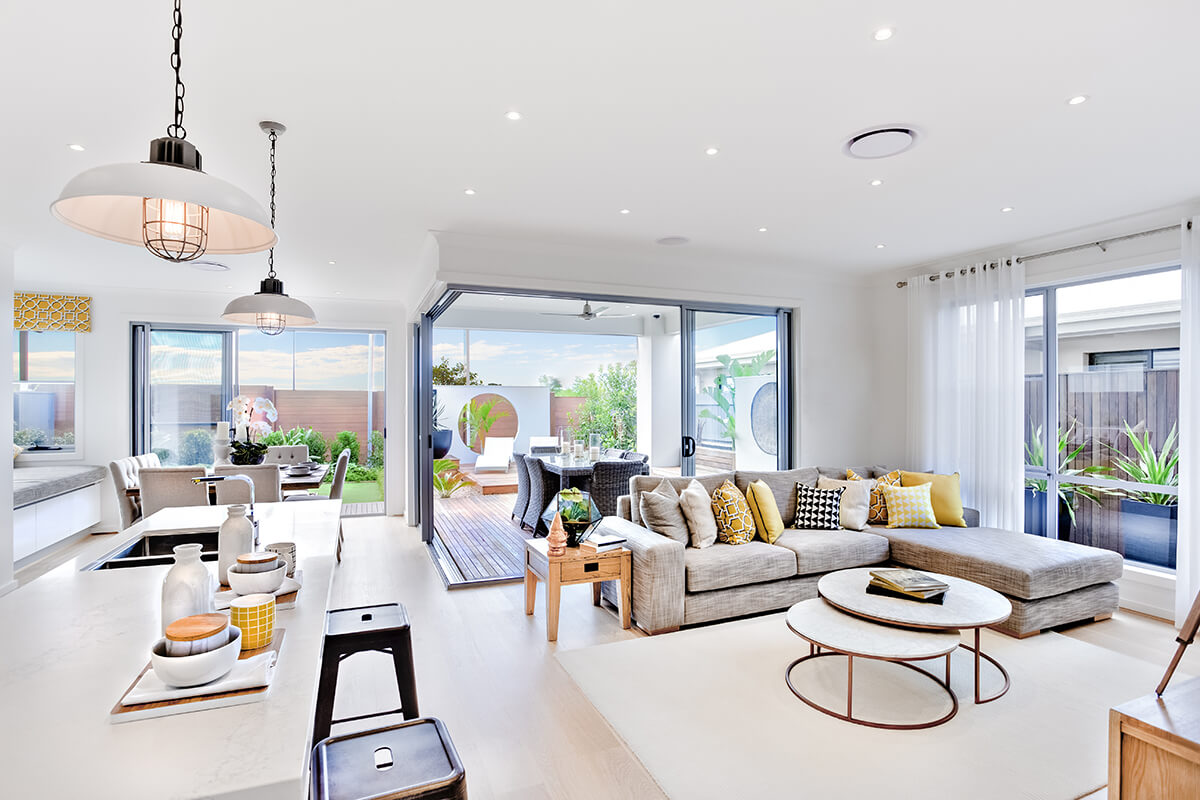

Articles
How To Brighten Living Room
Modified: January 18, 2024
Looking for tips on brightening up your living room? Check out our articles for expert advice on adding light and vibrancy to your space.
(Many of the links in this article redirect to a specific reviewed product. Your purchase of these products through affiliate links helps to generate commission for Storables.com, at no extra cost. Learn more)
Introduction
Having a bright and well-lit living room not only enhances the overall ambiance of your home but also creates a welcoming and inviting space for you and your guests. A well-lit living room can make a small space feel more expansive, improve the functionality of the room, and even uplift your mood.
When it comes to brightening your living room, there are various factors to consider such as the current lighting setup, the type of light bulbs you use, the availability of natural light sources, and the strategic placement of additional lighting fixtures. By effectively assessing and implementing these elements, you can transform a dim and lackluster room into a vibrant and comfortable space.
In this article, we will guide you through the process of brightening your living room, from evaluating the current lighting situation to incorporating various lighting techniques and design strategies. Whether you have a small apartment or a spacious living area, these tips and ideas will help you create a well-lit and visually appealing space that you can enjoy day and night.
Key Takeaways:
- Transform your living room into a vibrant and well-lit space by strategically assessing and adjusting the current lighting setup, maximizing natural light sources, and incorporating ambient, task, and decorative lighting.
- Create a bright and inviting living room by choosing the right light bulbs, utilizing mirrors for light reflection, selecting light-colored furniture and flooring, and decluttering to allow light to flow freely and create a sense of openness.
Assessing the Current Lighting
The first step in brightening your living room is to assess the current lighting situation. Take a look at the existing light fixtures, their placement, and the type of bulbs you are using. Pay attention to areas that appear dim or have uneven lighting.
Consider the function of each area within your living room. Are there specific areas where you need more light, such as a reading nook or a workspace? Evaluate whether the current lighting setup meets your needs.
Additionally, take note of any obstructions that may be blocking natural light from entering the room. Are there heavy curtains, furniture, or other objects that prevent sunlight from filling the space? Identifying these issues will help you plan for effective lighting solutions.
During the assessment, consider the color temperature of the existing light bulbs. Warm white light (around 2700-3000K) creates a cozy and inviting atmosphere, while cool white light (around 4000-5000K) provides a brighter and more energetic feel. Choose the color temperature that aligns with the desired mood for your living room.
By thoroughly evaluating the current lighting in your living room, you can identify areas that need improvement and develop a plan to enhance the illumination and overall atmosphere of the space.
Choosing the Right Light Bulbs
The type of light bulbs you choose for your living room can have a significant impact on its brightness and ambiance. When selecting light bulbs, consider the following factors:
- Brightness (Lumens): Look for bulbs with higher lumens to ensure ample lighting. For a standard living room, aim for bulbs with a total output of 1500-3000 lumens.
- Color Temperature: Determine the desired mood for your living room. Warm white light (2700-3000K) creates a cozy and intimate atmosphere, while cool white light (4000-5000K) provides a brighter and more energetic feel.
- Energy Efficiency: Opt for LED bulbs, as they are more energy-efficient and have a longer lifespan compared to traditional incandescent bulbs. While they may initially be more expensive, LED bulbs will save you money in the long run.
- Dimmable Option: Consider using dimmable bulbs or installing dimmer switches to allow for adjustable lighting levels in your living room, depending on the time of day or desired ambiance.
- Color Rendering Index (CRI): Choose bulbs with a higher CRI to ensure accurate and vibrant color representation in your living room. Aim for a CRI of 80 or higher.
It’s also important to note that different light fixtures require specific bulb types. For instance, recessed lighting typically uses BR or PAR bulbs, while table lamps and floor lamps may require standard A-shaped bulbs.
Experiment with different bulb options to find the right combination of brightness, color, and energy efficiency that suits your living room. Remember, the right light bulbs can make a significant difference in brightening your space and setting the desired mood.
Maximizing Natural Light Sources
One of the most effective ways to brighten your living room is by maximizing the use of natural light. Here are some tips to help you make the most of the daylight:
- Keep Windows Clean: Dirty windows can hinder the amount of natural light that enters your living room. Regularly clean the windows to remove any dust or grime that may be blocking the sunlight.
- Remove Window Coverings: Consider removing heavy drapes or curtains that block natural light. Instead, opt for sheer curtains or blinds that allow sunlight to filter through while still maintaining privacy.
- Choose Light-Reflecting Colors: Use light-colored paint on the walls and ceilings to maximize the reflection of natural light. Light shades of white, beige, or pastels can help brighten the room and make it feel more spacious.
- Strategic Furniture Placement: Arrange your furniture in a way that does not obstruct the flow of natural light. Position seating areas away from windows to avoid blocking the light source.
- Utilize Reflective Surfaces: Incorporate mirrors, glass tabletops, or metallic accents in your living room. These surfaces can help bounce natural light around the room, creating the illusion of a brighter and more open space.
By taking advantage of natural light sources, you can create a bright and airy living room that feels connected to the outdoors. Not only does natural light brighten the space, but it also has a positive impact on our mood and overall well-being.
Adding Ambient Lighting
Ambient lighting plays a crucial role in creating a well-lit and inviting living room. It provides overall illumination and sets the tone for the space. Here are some tips for adding ambient lighting:
- Ceiling Fixtures: Install ceiling fixtures such as chandeliers or pendant lights to provide general lighting. Opt for fixtures with multiple bulbs or adjustable settings to customize the level of brightness.
- Recessed Lighting: Consider adding recessed lights throughout the living room to distribute even illumination. Position them strategically to avoid casting shadows or creating glare.
- Track Lighting: Install track lighting systems to highlight specific areas or objects in the room, such as artwork or architectural features.
- Wall Sconces: Place wall sconces on the walls to add an extra layer of ambient lighting. They can provide soft and indirect illumination, enhancing the overall warmth and coziness of the space.
When selecting ambient lighting fixtures, choose ones that complement the style and décor of your living room. Consider the size of the room, the ceiling height, and the desired level of brightness. Experiment with different bulb types and dimming options to achieve the perfect balance of light.
Remember, ambient lighting should be evenly distributed throughout the living room to eliminate dark corners and create a comfortable, well-lit atmosphere. It sets the foundation for the overall lighting scheme in your living room.
Read more: How To Brighten Up A Dark Living Room
Incorporating Task Lighting
Task lighting is essential in providing focused illumination for specific activities in your living room. It helps enhance visibility and functionality in areas where you perform tasks such as reading, working, or engaging in hobbies. Here are some ways to incorporate task lighting:
- Desk or Table Lamps: Place a desk or table lamp in areas where you need direct light for tasks such as reading or working. Adjustable lamps with a flexible neck or arm allow you to direct the light exactly where you need it.
- Floor Lamps: Use floor lamps with adjustable heads to provide task lighting in seating areas or near workspaces. This allows you to adjust the height and angle of the light to suit your needs.
- Under Cabinet Lighting: If you have a display cabinet or open shelves in your living room, consider adding under cabinet lighting to illuminate the items on display. This creates a visually pleasing effect and improves visibility.
- Task Lighting for Artwork: Install picture lights or track lighting to highlight artwork or decorative pieces in your living room. This not only adds visual interest but also ensures that they are properly illuminated.
- Lamps with Adjustable Shades: Choose lamps with adjustable shades or diffusers that can control the direction and intensity of light. This allows for flexibility in creating different lighting setups for various tasks.
When incorporating task lighting, it’s important to consider both functionality and aesthetics. Select fixtures that blend seamlessly with your overall décor while fulfilling their intended purpose. Aim for a balance between functionality and style to create a visually appealing and well-lit living room.
Consider using light, neutral paint colors to brighten your living room. White, cream, or light gray can help reflect natural light and make the space feel more open and airy.
Accentuating with Decorative Lighting
Decorative lighting adds a touch of elegance and visual interest to your living room. It serves as both a functional and decorative element, enhancing the overall aesthetic appeal of the space. Here are some ideas for accentuating your living room with decorative lighting:
- Chandeliers: Install a stunning chandelier as a centerpiece in your living room. It not only provides ambient lighting but also adds a focal point and creates a sense of luxury and elegance.
- Pendant Lights: Hang pendant lights above your coffee table, dining area, or any other focal points in the living room. They come in various styles, shapes, and sizes, allowing you to choose ones that complement your existing décor.
- Wall Sconces: Use decorative wall sconces on the walls to add a touch of sophistication to your living room. They can serve as both ambient and accent lighting, providing a warm and inviting glow.
- String Lights: For a cozy and whimsical atmosphere, incorporate string lights in your living room. You can drape them along the walls, wrap them around plants, or hang them from the ceiling to create a magical ambience.
- Table Lamps with Unique Designs: Select table lamps with artistic or sculptural designs that double as decorative pieces. They can act as a visual focal point and add a touch of personality to your living room.
When choosing decorative lighting, consider the size, scale, and design of your living room. Balance the decorative fixtures with the existing lighting elements to create a cohesive and harmonious look.
Remember, decorative lighting is not only about functionality but also about expressing your personal style and creating a welcoming and visually captivating atmosphere in your living room.
Utilizing Mirrors for Light Reflection
Mirrors are not only decorative pieces but also valuable tools for enhancing the brightness and spaciousness of your living room. When strategically placed, mirrors can reflect natural and artificial light, effectively increasing the overall illumination in the space. Here’s how you can utilize mirrors for light reflection:
- Positioning Opposite Light Sources: Place mirrors directly across from windows or light fixtures to bounce and disperse light throughout the room. This technique helps to amplify the natural or artificial light, making the living room appear brighter and more expansive.
- Using Large Mirrors: Opt for larger mirrors to maximize the amount of light reflection. Mirrors with ornate frames can also add a decorative touch to your living room while serving their functional purpose.
- Creating a Mirror Gallery Wall: Arrange a collection of small mirrors on a wall to create a gallery-like effect. This not only adds visual interest but also increases the overall reflection of light in the room.
- Positioning Mirrors on Side Walls: Mount mirrors on side walls to help redirect light from windows or light fixtures. This technique can also make the living room feel more open and spacious.
- Using Mirrored Furniture: Incorporate furniture pieces with mirrored surfaces, such as coffee tables or sideboards. The reflective surfaces of these items can further contribute to the overall brightness of the room.
By strategically placing mirrors in your living room, you can optimize the natural and artificial light sources available. The reflection of light adds depth and luminosity, creating a more vibrant and well-lit environment.
Experiment with different mirror placements and sizes to find the arrangement that best suits your living room’s layout and enhances its overall brightness.
Selecting Light-colored Furniture and Flooring
The choice of furniture and flooring in your living room can significantly impact its brightness and overall aesthetic. Opting for light-colored furniture and flooring materials can help maximize the reflection of light and create a fresh and airy atmosphere. Here are some tips for selecting light-colored furniture and flooring:
- Light-colored Upholstery: Choose sofas, chairs, and other upholstered furniture in neutral tones such as white, beige, or light gray. Light-colored fabrics reflect more light and make the room feel brighter and more spacious.
- Light Wood or White Furniture: Consider furniture pieces made from light-colored wood or painted in white or pastel shades. Light-colored furniture adds a sense of elegance and visually opens up the space.
- Light-colored Flooring: If possible, opt for light-colored flooring materials such as light wood, light-colored tiles, or light-colored carpets. Light flooring reflects more light, giving the room a brighter and more expansive feel.
- Contrasting Accent Colors: While light-colored furniture and flooring are ideal for brightness, incorporating pops of contrasting colors through accent pieces such as throw pillows, artwork, or rugs can add visual interest and prevent the room from appearing washed-out or monotonous.
- Reflective Surfaces: Choose furniture with metallic or mirrored accents. These surfaces reflect light and contribute to the overall brightness of the room.
The combination of light-colored furniture and flooring creates a visually pleasing and well-lit living room. It also provides a versatile and neutral backdrop, allowing you to experiment with different color schemes and decor styles.
Remember to maintain a balance between light-colored elements and contrasting accents to create a harmonious and inviting space.
Considering Window Treatments
Window treatments not only provide privacy and control over natural light but also play a crucial role in enhancing the brightness and overall ambiance of your living room. Here are some factors to consider when selecting window treatments:
- Sheer Curtains: Consider using sheer curtains or lightweight fabrics in neutral or light colors. Sheer curtains allow natural light to filter through while still providing privacy and softening the appearance of windows.
- Light-filtering Blinds: Opt for blinds with light-filtering capabilities to control the amount of natural light entering the room. These blinds allow filtered light to diffuse, creating a softer and more inviting atmosphere.
- Blinds or Shades with Adjustable Slats: Choose blinds or shades with adjustable slats to regulate the amount of light and privacy throughout the day. You can tilt the slats to let in more light or close them completely for more privacy.
- Unobstructed Windows: Keep window treatments minimal or opt for window treatments that can be fully opened, such as tie-up curtains or Roman shades. This allows maximum natural light to fill the room during the day.
- Avoiding Heavy Drapes: Steer clear of heavy or dark-colored drapes that can absorb and block natural light. Instead, opt for lightweight fabrics that allow light to pass through while still providing some level of privacy.
By selecting the right window treatments, you can enhance the natural light in your living room and create a bright and visually appealing space. Consider your desired level of privacy and light control when choosing window treatments, along with the overall style and aesthetic of your living room.
Remember, allowing natural light to fill the room not only improves the brightness but also creates a more vibrant and inviting atmosphere in your living room.
Decluttering and Organizing the Space
One often overlooked aspect of brightening a living room is decluttering and organizing the space. A cluttered room not only looks messy but can also make it feel darker and more cramped. By decluttering and organizing effectively, you can create a sense of openness and improve the overall brightness of your living room. Here are some tips:
- Remove Excess Items: Start by getting rid of items that are no longer needed or used. Clear out unnecessary clutter such as old magazines, papers, and knick-knacks that can accumulate and make the room feel crowded.
- Create Functional Storage: Invest in functional storage solutions such as shelves, cabinets, or baskets to keep items organized and out of sight. Keep the surfaces and floor clear of unnecessary objects to allow more light to flow freely in the room.
- Group Similar Items: Organize items into groups based on their function or purpose. For example, group books together on a bookshelf and place decorative items together on a designated shelf or display area.
- Utilize Hidden Storage: Maximize storage potential by using furniture with hidden storage compartments such as ottomans or coffee tables with built-in drawers. This helps eliminate clutter and provides a clean and organized look.
- Keep Cables and Wires Tidy: Keep cables and wires from electronic devices hidden and organized to avoid visual distractions and a messy appearance. Use cable management solutions or wrap them neatly to maintain a clean and clutter-free space.
By decluttering and organizing your living room, you create a sense of spaciousness and allow more natural and artificial light to illuminate the room. A clean and organized space provides a visually calm and inviting environment, enhancing the overall brightness and enjoyment of your living room.
Remember, maintaining a clutter-free living room is an ongoing task. Regularly reassess and declutter to ensure your space remains organized and well-lit.
Conclusion
Creating a bright and inviting living room is an essential aspect of designing a comfortable and visually appealing space. By implementing the right lighting techniques, choosing the appropriate light bulbs, maximizing natural light sources, and incorporating thoughtful design strategies, you can transform a dull and dim living room into a vibrant and well-lit environment.
Assessing the current lighting situation and making necessary adjustments such as choosing brighter bulbs and rearranging furniture to maximize natural light are crucial steps in brightening your living room. By strategically incorporating ambient, task, and decorative lighting, you can create the perfect balance of illumination and ambiance.
Utilizing mirrors to reflect light, selecting light-colored furniture and flooring, and considering the right window treatments all contribute to a brighter living room. Additionally, decluttering and organizing the space ensures that light can flow freely and create a sense of openness.
Remember, the key to a well-lit living room lies in striking a balance between functionality and aesthetics. By implementing these tips and strategies, you can create a welcoming and visually stunning living room that brings joy and comfort to both you and your guests.
So go ahead and brighten up your living room, and enjoy the transformation it brings to your home!
Frequently Asked Questions about How To Brighten Living Room
Was this page helpful?
At Storables.com, we guarantee accurate and reliable information. Our content, validated by Expert Board Contributors, is crafted following stringent Editorial Policies. We're committed to providing you with well-researched, expert-backed insights for all your informational needs.
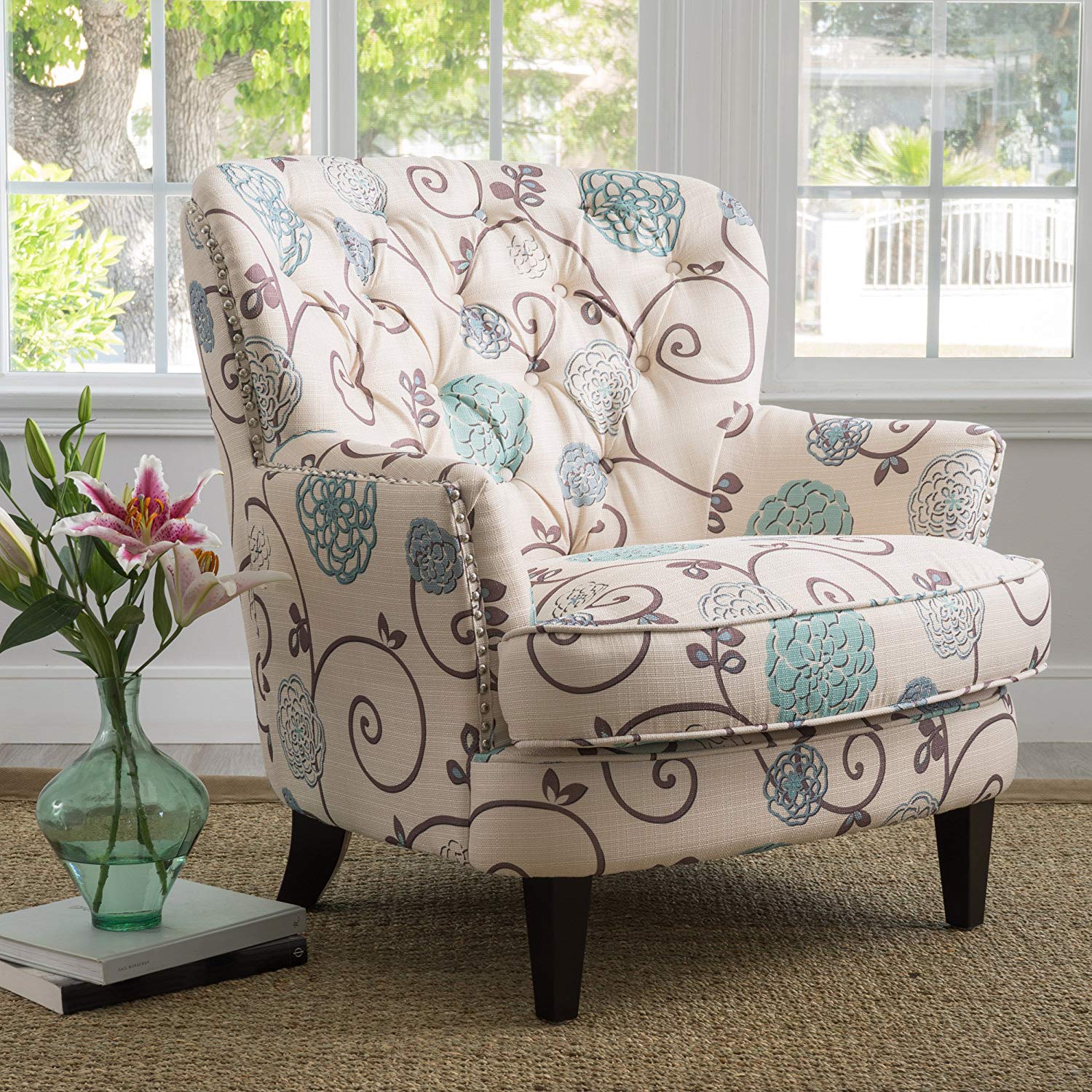
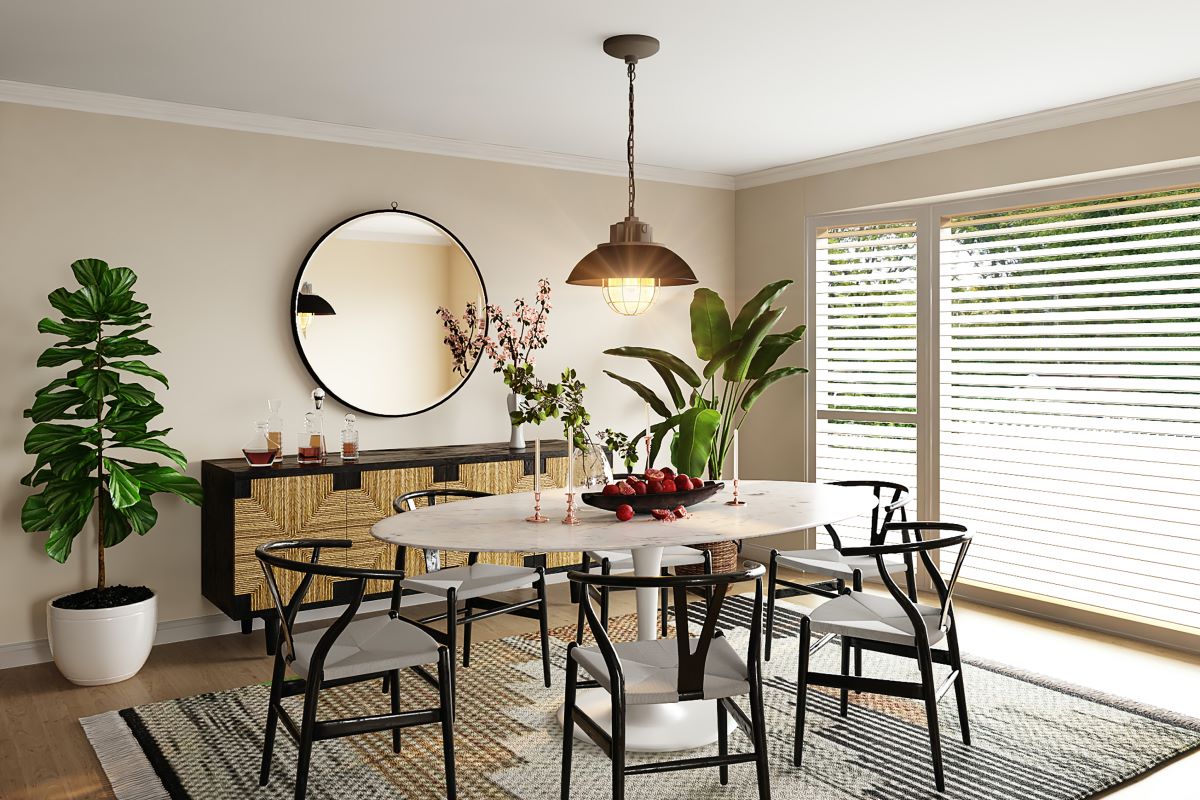
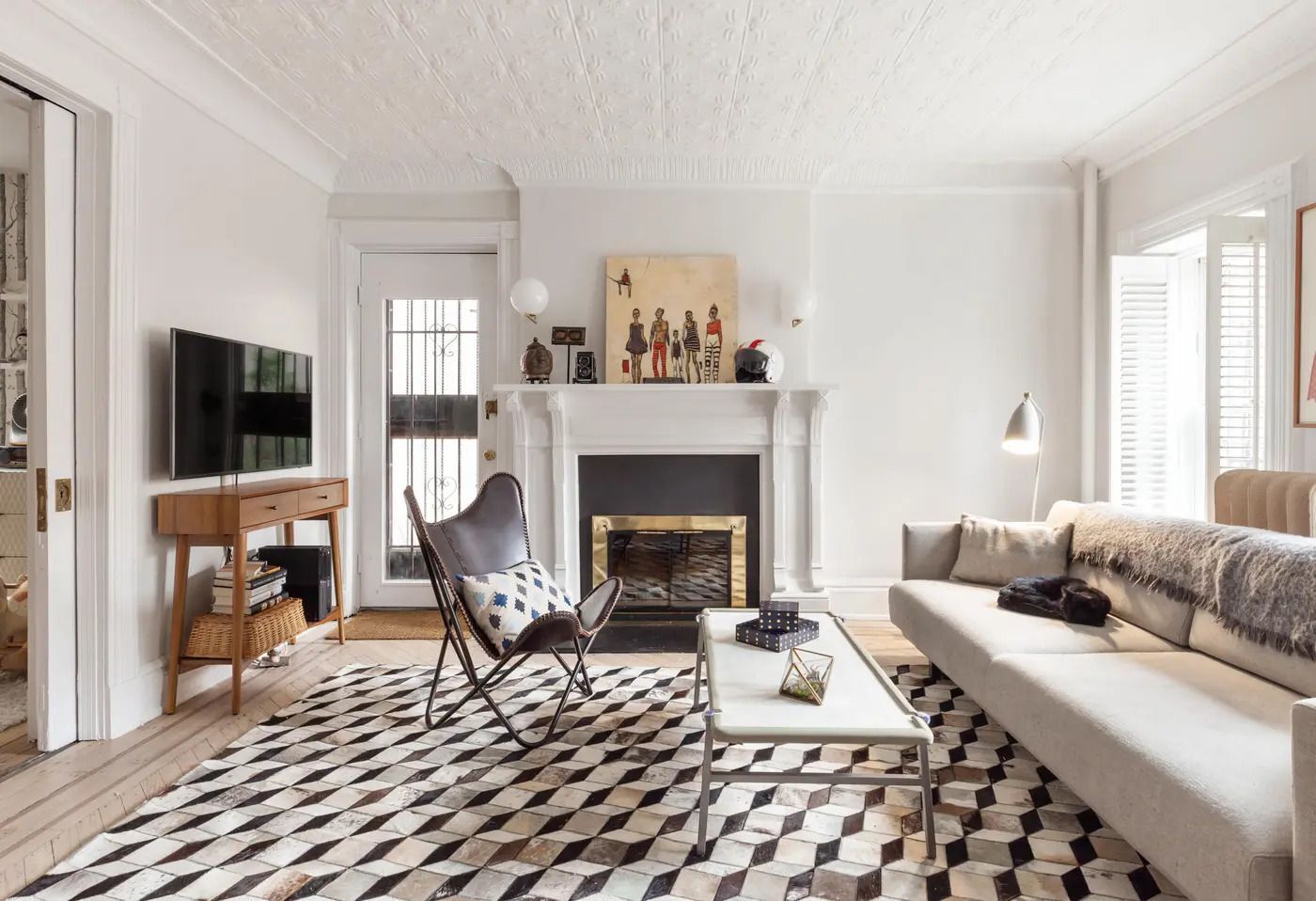
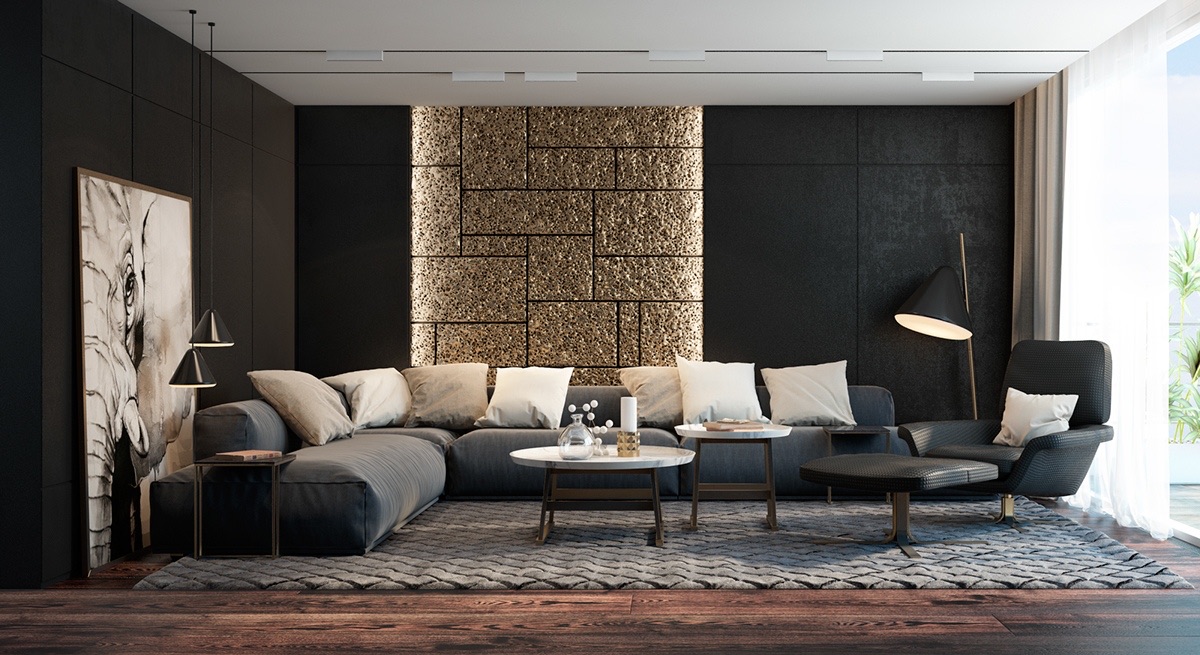
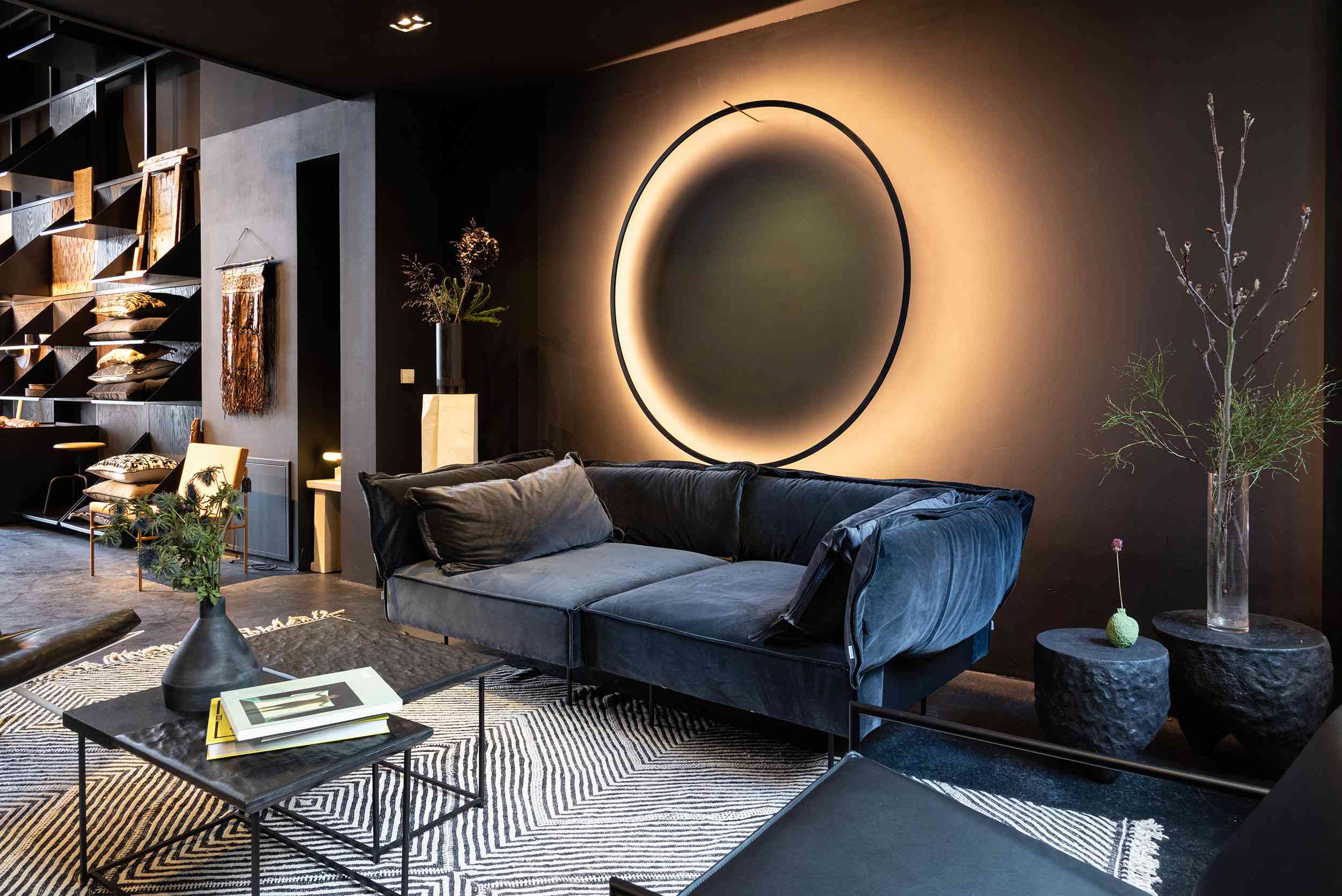
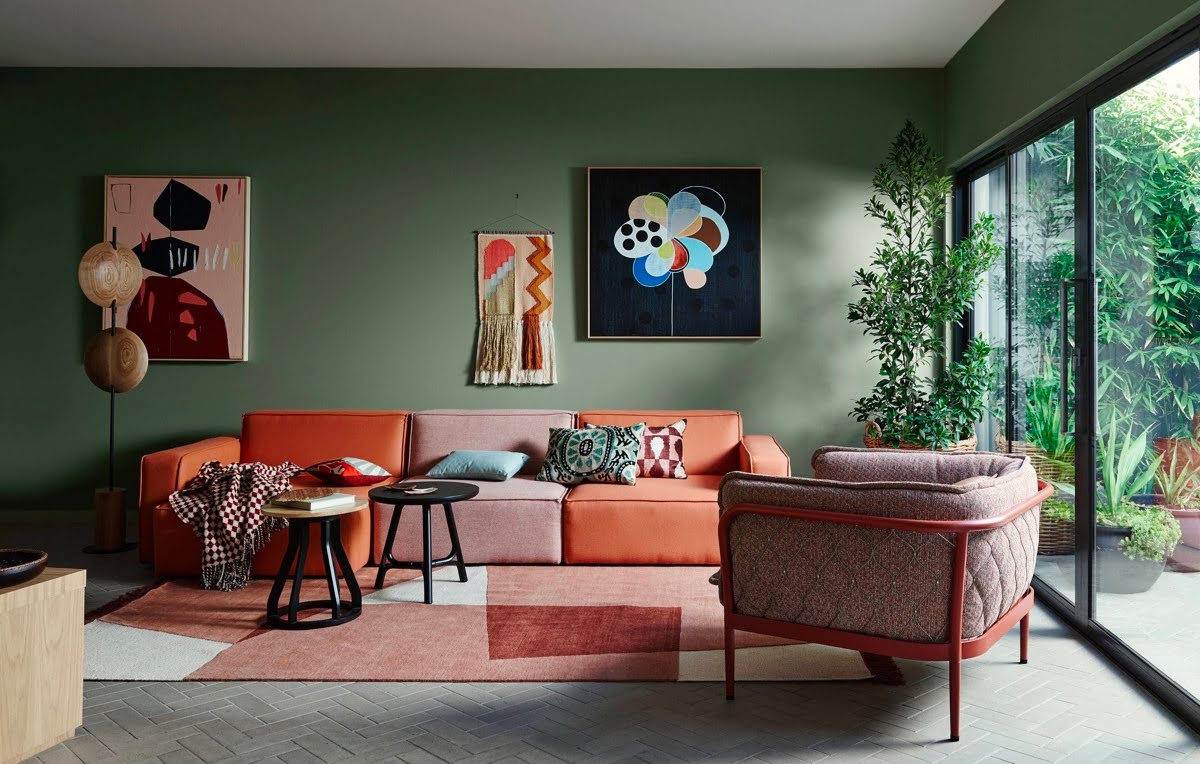

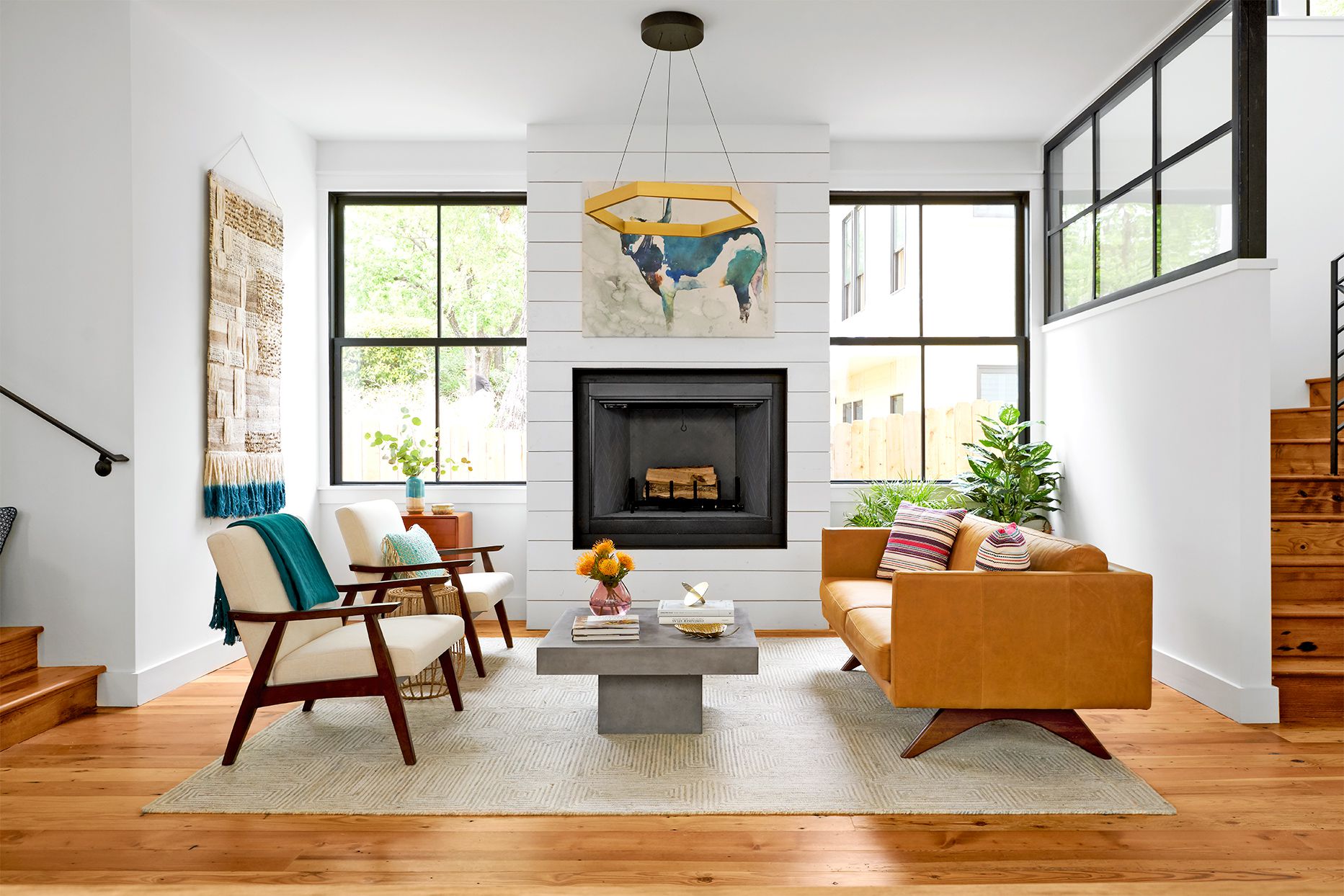

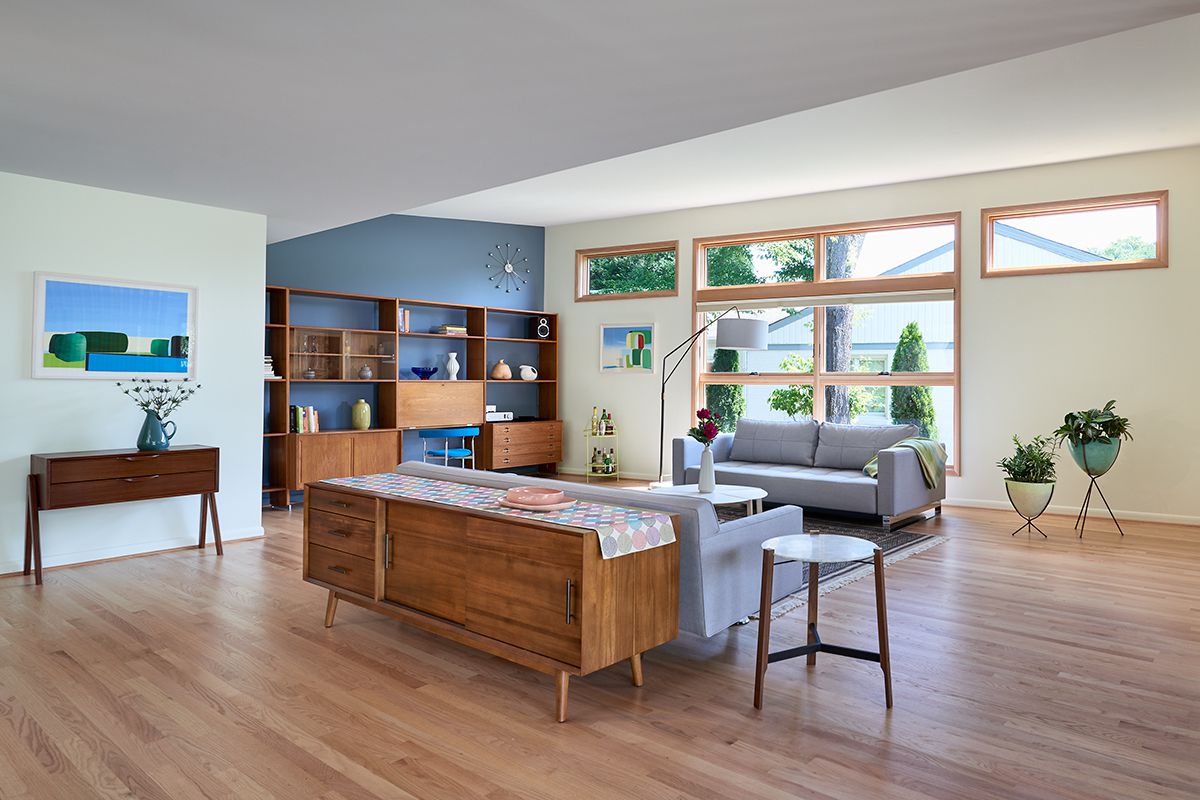
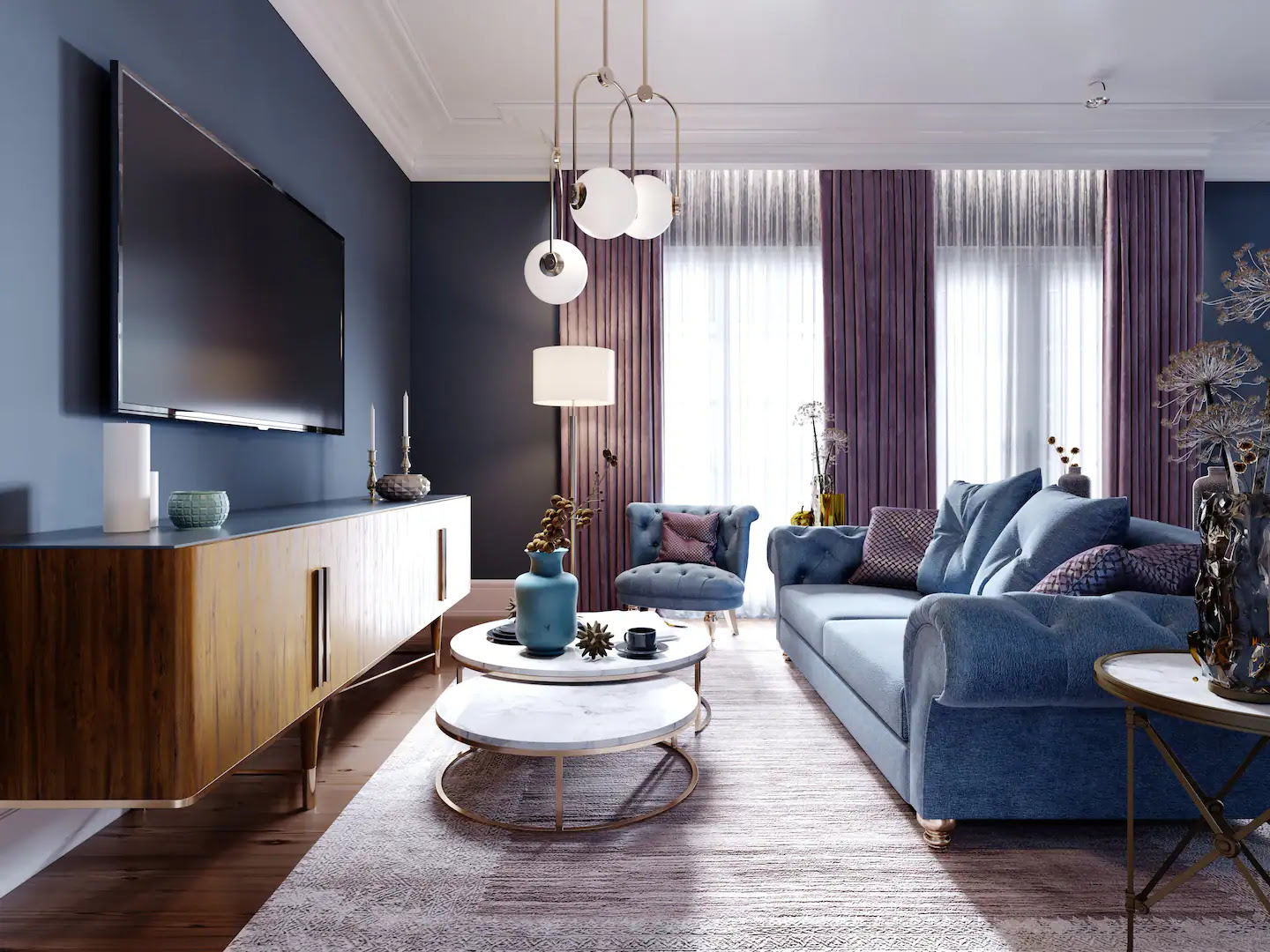
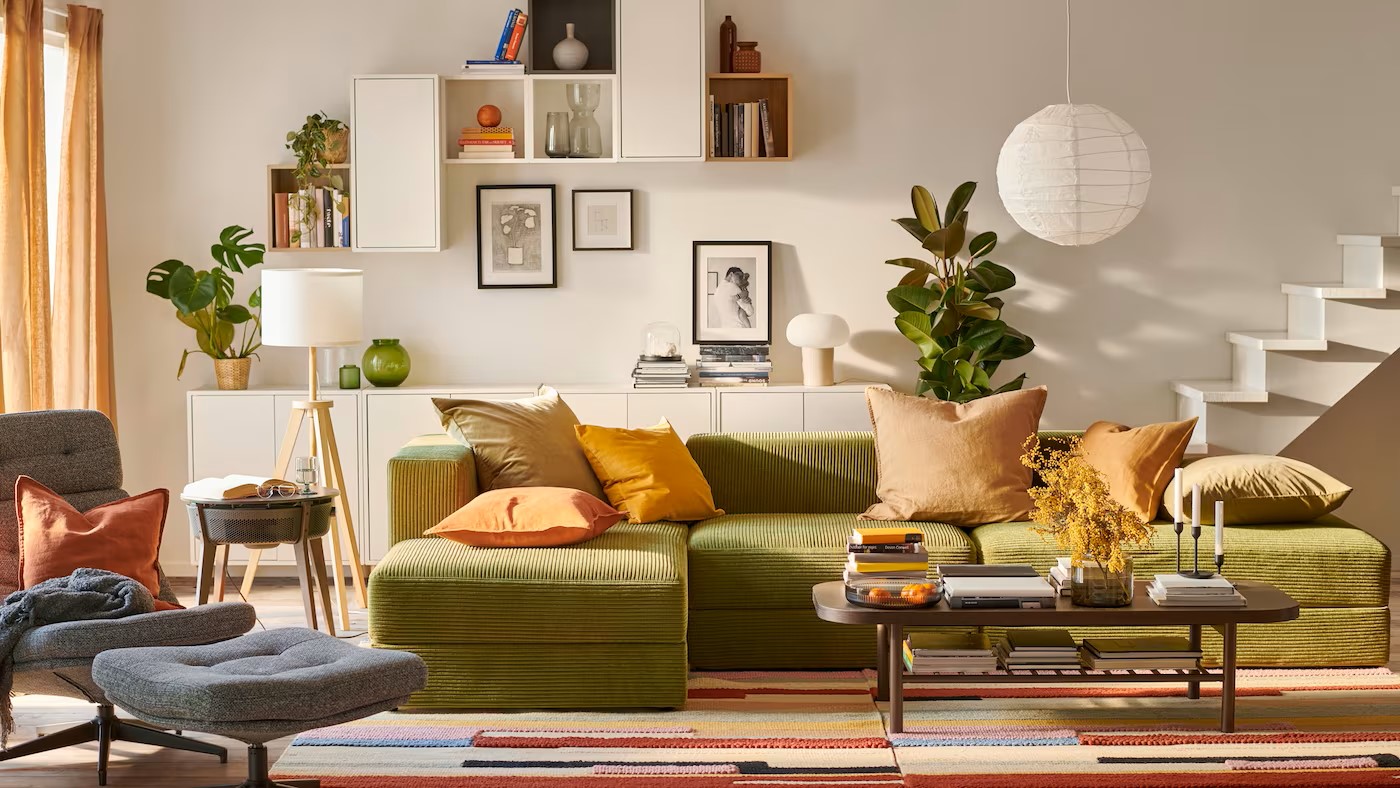
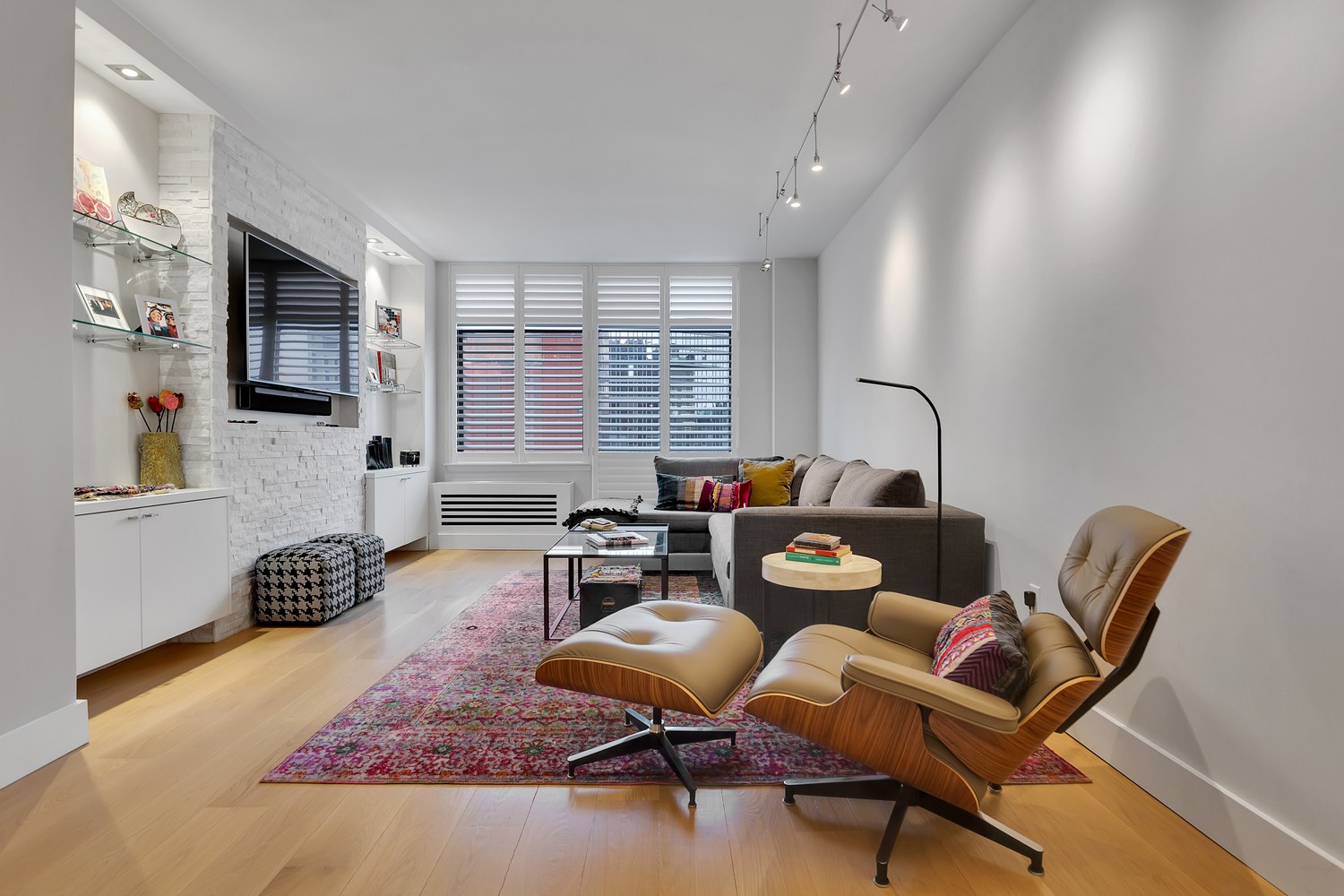

0 thoughts on “How To Brighten Living Room”